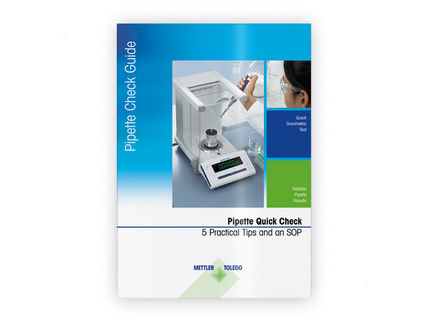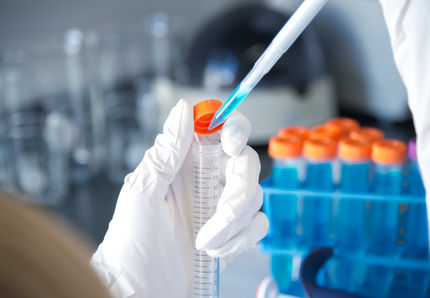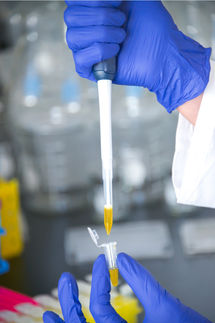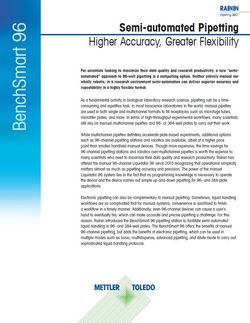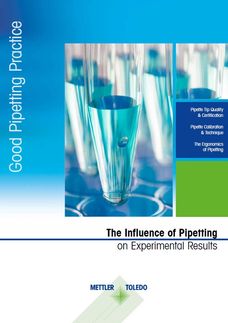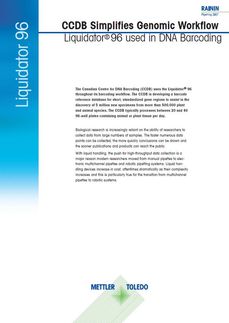Positive Displacement Pipetting
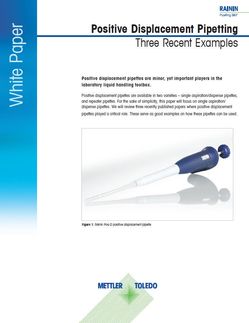
Three Recent Examples
Positive displacement pipettes are important players in the laboratory liquid handling toolbox.
Volatile liquids vaporize, losing volume when in contact with air. Viscous liquids, due to their density, may expand or compress air when pressurized in a moving, closed chamber. For these reasons, these two classes of liquids cannot be handled using standard air displacement pipettes. Instead, liquid handling that involves volatile and/or viscous liquids requires a special tool for liquid transfer: the positive displacement pipette.
Pipette manufacturers offer both a single-aspiration/dispense version and a repeater version of the positive displacement pipette. This white paper focuses on the single-aspiration/dispense version. In addition to explaining the construction and mechanics of positive displacement pipettes, it offers summaries of three recently published papers where positive displacement pipettes played a critical role: a study comparing volatile flavor profiles in peas; a human heart protein interaction study requiring a highly viscous buffer; and a study of sperm production in roosters. Such investigations show how the unique attributes of positive displacement pipettes enable researchers to extend their field of inquiry.
Download white paper now
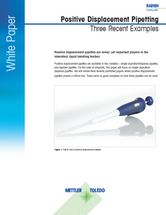
Positive Displacement Pipetting
Three Recent Examples
White Paper classification
White papers on related topics
Products on related topics
Manufacturers of similar products
See the theme worlds for related content
Topic world Pipetting
Pipetting is one of the most basic yet critical techniques in the laboratory. It enables the precise and controlled transfer of liquids, which is essential for accurate measurements and reliable results. Whether in DNA analysis, cell culture or biochemical assays, correct pipetting significantly influences the quality of the results.

Topic world Pipetting
Pipetting is one of the most basic yet critical techniques in the laboratory. It enables the precise and controlled transfer of liquids, which is essential for accurate measurements and reliable results. Whether in DNA analysis, cell culture or biochemical assays, correct pipetting significantly influences the quality of the results.
